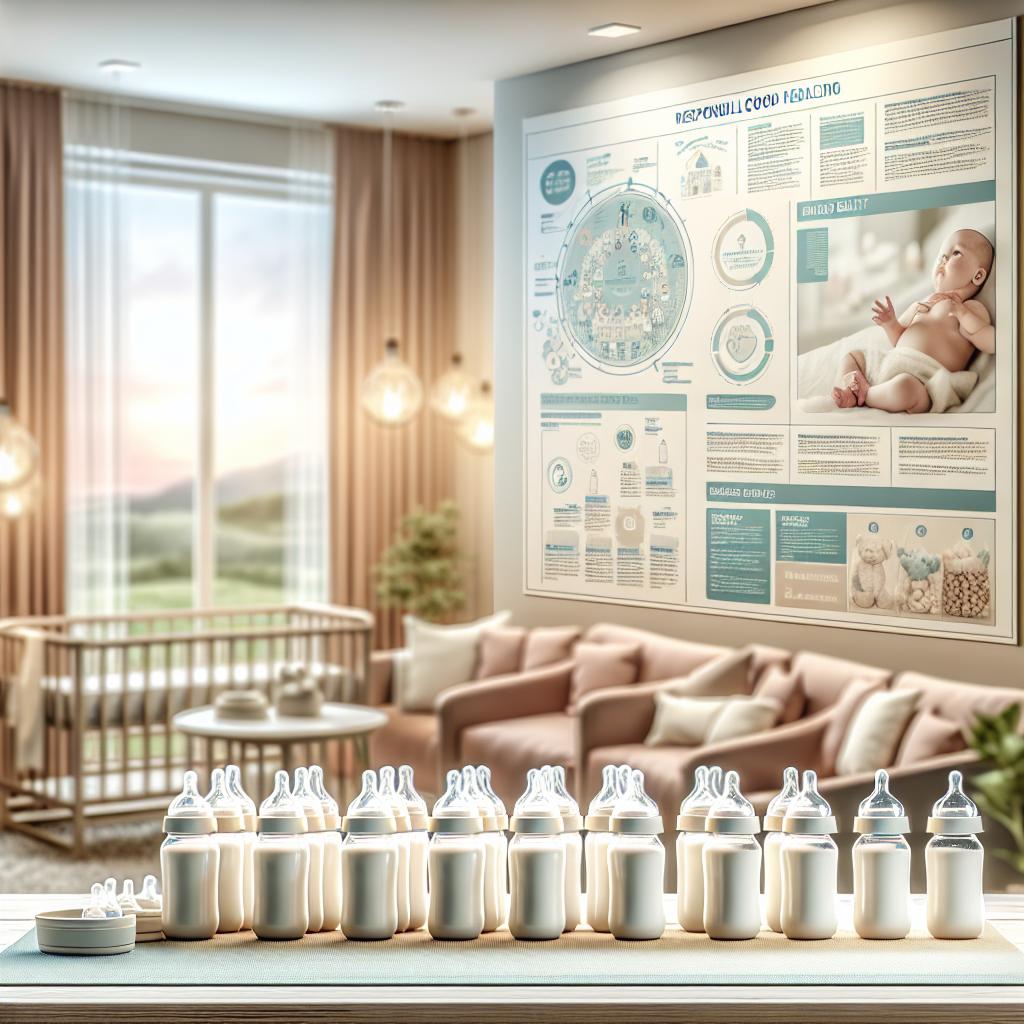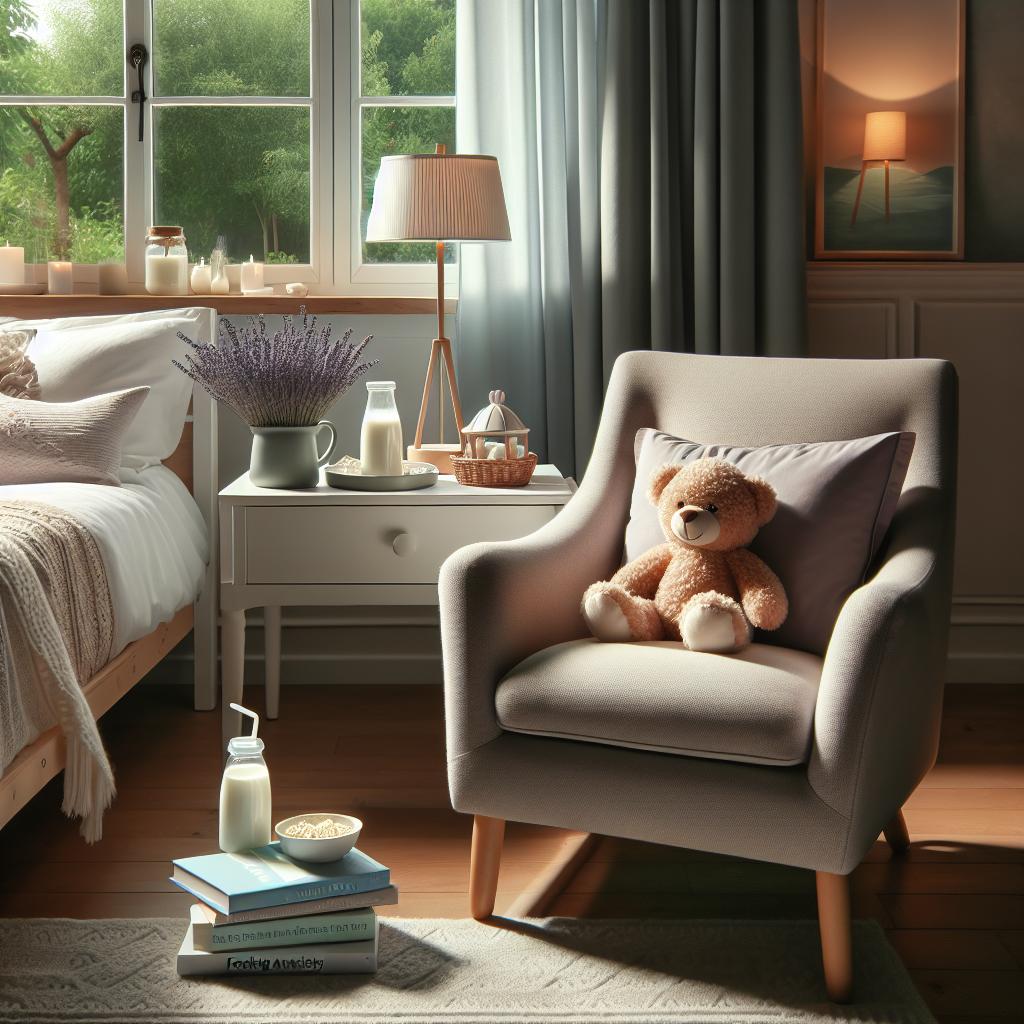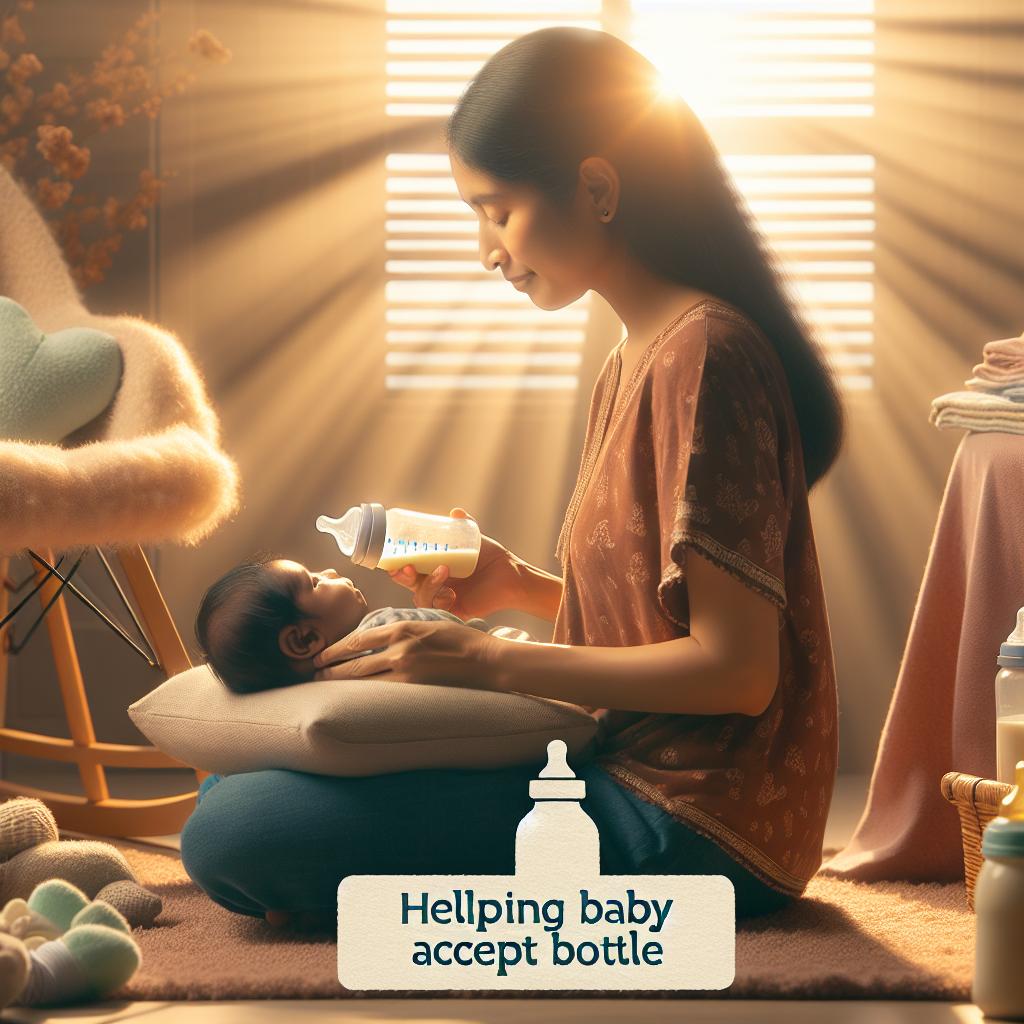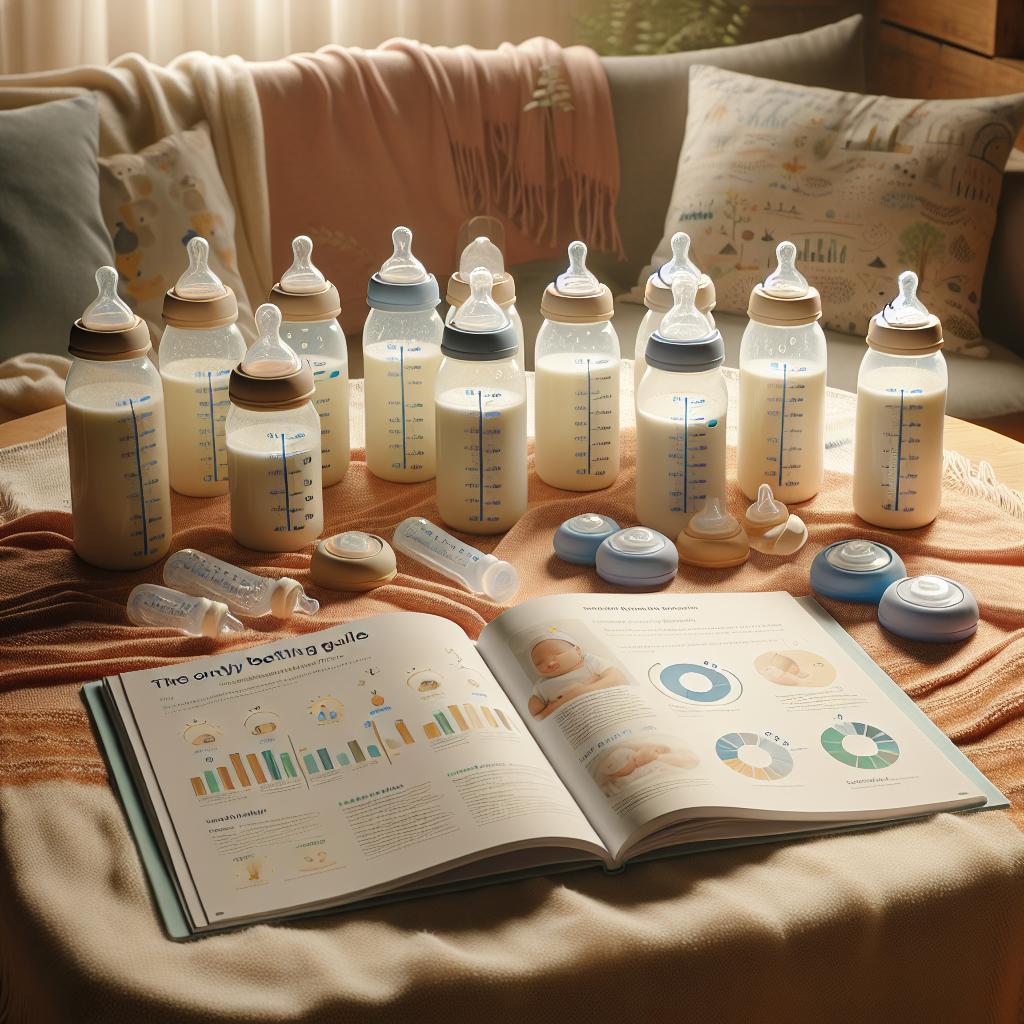Understanding the Importance of Bottle Selection
When it comes to promoting your baby’s health, every element of their care matters. One surprising factor that many parents overlook is bottle selection for feeding. The important role that the best baby bottles can play in promoting baby health cannot be overstated. Let’s delve into why this is so crucial and how you can make responsible feeding choices for your little one.
Why Bottle Choice Matters
Choosing the right bottle for your baby is about more than just convenience—it’s about their health and safety. The wrong bottle can lead to issues such as colic, gas, and even ear infections. On the other hand, a high-quality bottle that suits your baby’s needs can ensure they feed comfortably and get the nutrition they need to thrive.
The Centers for Disease Control and Prevention highlight that proper feeding habits, including bottle choice, are vital for promoting baby health. So, it’s clear that this is not an area to neglect in your baby’s care routine.
Factors to Consider When Choosing a Bottle
When shopping for baby bottles, keep the following points in mind:
- Material: The bottle’s material can impact both the safety and functionality of the bottle. Glass, plastic, and stainless steel are common materials, each with their pros and cons.
- Nipple design: The nipple’s shape and flow rate should suit your baby’s stage of development. Some designs can also help reduce air intake, which can help prevent gas and colic.
- Size and capacity: The size of the bottle should be appropriate for your baby’s age and appetite.
- Easy to clean: Choose bottles that are easy to clean and sterilize to ensure your baby’s feeding equipment is always hygienic.
The Allina Health guidelines for formula feeding stress the importance of clean, safe equipment—emphasizing the significance of these factors on baby health.
Relevant Recommendations for Best Baby Bottles
Wondering where to start your search for the right baby bottle? While individual needs can vary, many parents have found success with some specific bottles that prioritize baby’s health and comfort.
You can read about some top recommendations in this guide on why these bottles are a must-have for new moms. These recommendations take into account all the factors mentioned above, ensuring you’re making a mindful decision that can promote your baby’s health.
Embracing Responsible Feeding Practices
Remember, selecting the right bottle is just one part of responsible feeding practices. Pairing the perfect bottle with best feeding practices can help make the feeding experience more comfortable for your baby and less stressful for you.
WebMD and KidsHealth offer comprehensive guides on both bottle and breastfeeding. By combining top-notch feeding equipment with informed practices, you’re setting the stage for healthier, happier meal times.
Age-Appropriate Bottle Selection
Babies grow fast, and their feeding needs evolve with them. Different stages require different types and sizes of bottles.
For newborns, smaller bottles ranging from 4 to 5 ounces are generally sufficient. As your baby grows and their intake increases, you may need to switch to larger bottles of 8 to 9 ounces. This guidance on bottle feeding from the NHS can help determine what’s best for your baby at different stages.
The Importance of Bottle Flow Rate
Another critical aspect to consider is the flow rate of the bottle. A flow rate that’s right for your baby’s age and feeding style can make all the difference in ensuring they’re not gulping down air or struggling to get enough milk.
As explained by Nationwide Children’s Hospital, the bottle’s flow rate should be determined by your baby’s feeding abilities rather than their age. Observe your baby’s feeding and adjust the flow rate accordingly.
Selecting Bottles for Breastfed Babies
For mothers who wish to combine breastfeeding with bottle-feeding, it’s essential to choose a bottle that supports a seamless transition between the two. The wrong bottle can lead to nipple confusion, causing difficulties for the baby to latch at the breast properly.
The Raising Children Network offers great advice on this topic. Look for bottles with a wide nipple base and slow-flow design, closely mimicking the natural breastfeeding experience.
Consulting Your Pediatric Dentist
When in doubt, don’t hesitate to seek professional advice. Pediatric dentists can guide you in making feeding choices that are developmentally appropriate and protect your child’s emerging teeth. You can read about some recommendations from pediatric dentists for more information.
Monitoring Your Baby’s Response
Ultimately, the best judge of the right bottle for your baby is your baby themselves. Monitor their feeding behavior and look for any signs of discomfort. Flexibility and willingness to experiment may be necessary to find the ideal bottle for your child’s unique needs.
To recap, choosing the right baby bottle is a crucial aspect of ensuring optimal feeding for your baby. By taking factors such as material, nipple design, size and capacity, ease of cleaning, age appropriateness, bottle flow rate, suitability for breastfed babies, and your baby’s personal response into account, you can support your baby’s health and growth effectively.







